5 Workouts You Should Be Doing Regularly in Your 50s
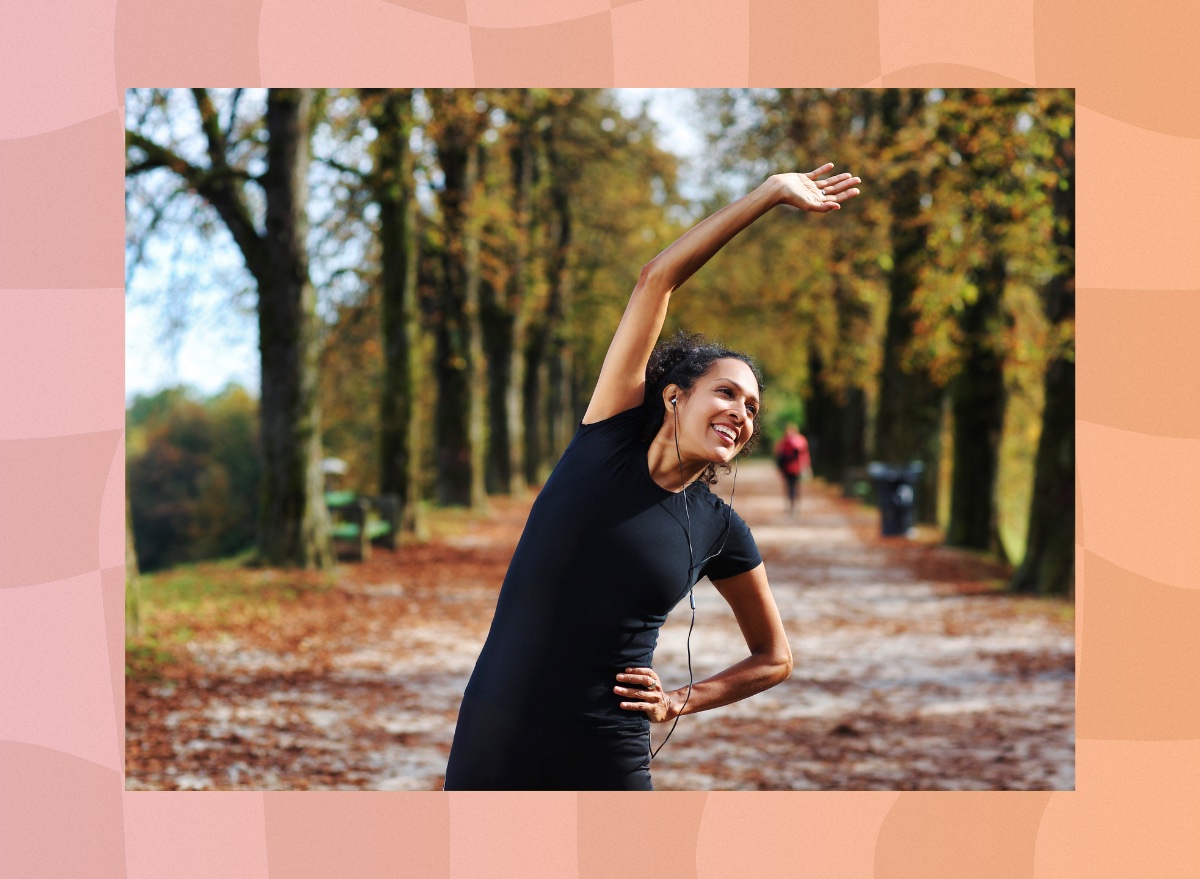
Entering your 50s is a significant milestone in life, where maintaining physical fitness becomes more crucial than ever. Regular exercise not only helps in managing weight but also aids in preventing age-related health issues like osteoporosis, heart disease, and arthritis. However, not all workouts are created equal, and certain exercises cater specifically to the needs of individuals in their 50s. Here are five workouts to do regularly in your 50s. I highly recommend them to stay fit and healthy in this stage of life and beyond.
Adding these five workouts to your fitness routine can significantly enhance your physical health and well-being as you navigate your 50s. Remember to consult with a healthcare professional or fitness expert before starting any new exercise program—especially if you have any pre-existing health conditions. Stay consistent, listen to your body, and enjoy the journey toward a healthier and more active lifestyle in your 50s and beyond.
Continue reading for the five best workouts to do regularly in your 50s. And before you lace up your sneakers and get started, check out People Swear by the ‘Drunken Monkey’ Exercise for Better Sleep: ‘You’ll Sleep Better, I Promise’.
Workout #1: Strength Training for Bone Health
As you age, bone density tends to decrease, making you more susceptible to fractures and osteoporosis. Strength training exercises help in preserving bone mass and improve overall strength, balance, and flexibility.
1. Bodyweight Squats
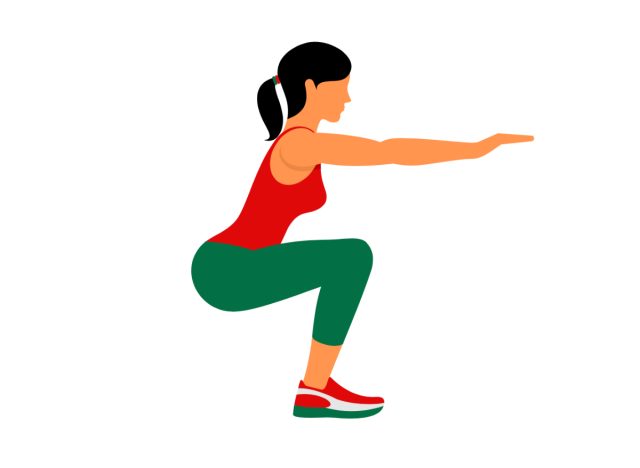
Stand with your feet shoulder-width apart. Slowly lower your body as if you were sitting back in a chair, keeping your chest up and your knees behind your toes. Aim to lower yourself until your thighs are parallel to the ground. Perform two sets of 12 to 15 repetitions.
2. Dumbbell Lunges
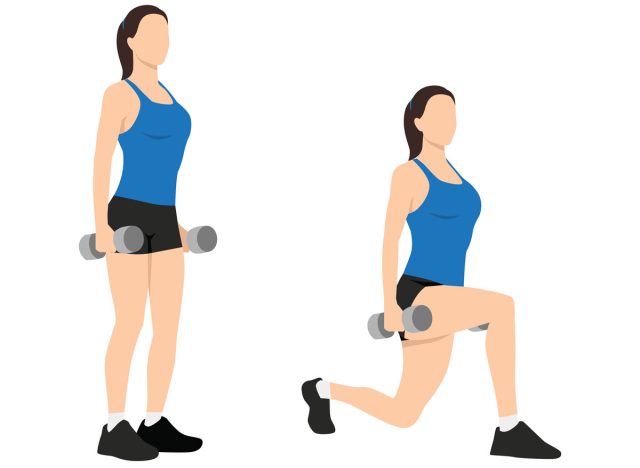
Hold a dumbbell in each hand, palms facing inward, and stand with your feet hip-width apart. Take a step forward with your right foot, bending both knees to create 90-degree angles. Push off your right foot to return to the starting position. Repeat on the left side. Perform two sets of 10 to 12 repetitions on each leg.
3. Planks
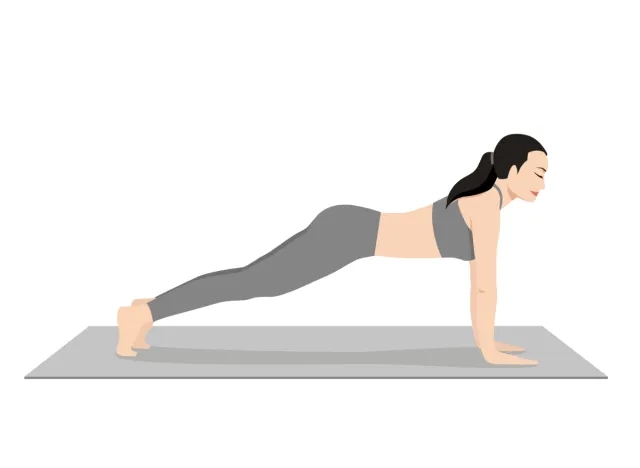
Start in a pushup position with your hands directly under your shoulders. Engage your core muscles, and keep your body in a straight line from your head to your heels. Hold this position for 30 to 60 seconds, breathing steadily. Repeat for two sets.
Workout #2: Cardiovascular Exercise for Heart Health
Cardiovascular exercise is essential for maintaining heart health, improving circulation, and boosting overall cardiovascular fitness. Engaging in aerobic activities regularly can help reduce the risk of heart disease and lower blood pressure.
1. Brisk Walking
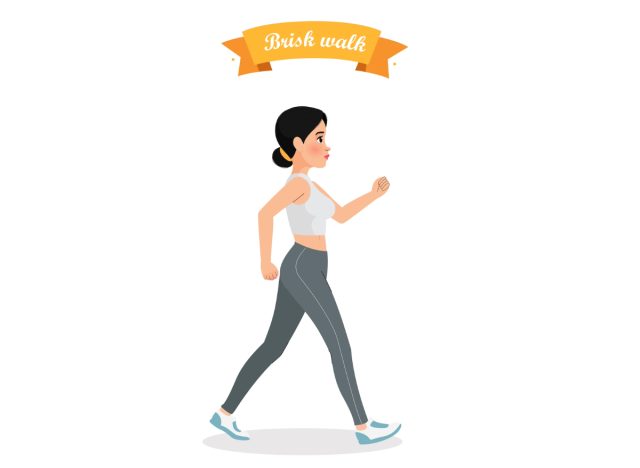
Start with a five-minute warm-up by walking at a comfortable pace. Increase your speed to a brisk pace, where you can still hold a conversation but feel slightly breathless. Aim for at least 30 minutes of brisk walking per day. Gradually increase the duration and intensity as your fitness improves.
2. Cycling
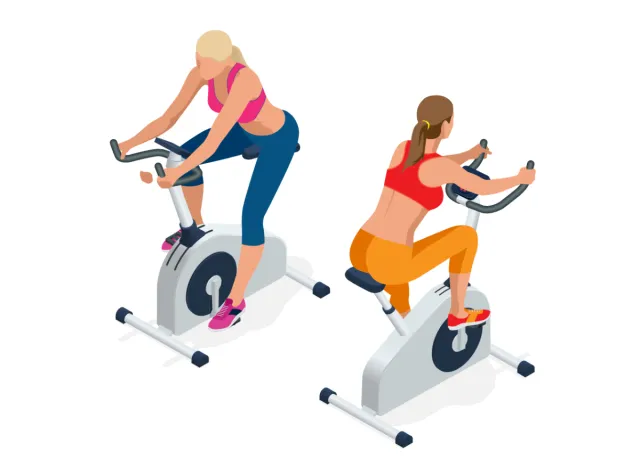
Whether outdoors or on a stationary bike, cycling is a low-impact cardio exercise that is gentle on the joints. Begin with a 10-minute warm-up, pedaling at a moderate pace. Increase your speed and resistance for 20 to 30 minutes. Finish with a five-minute cooldown at a slower pace.
3. Swimming
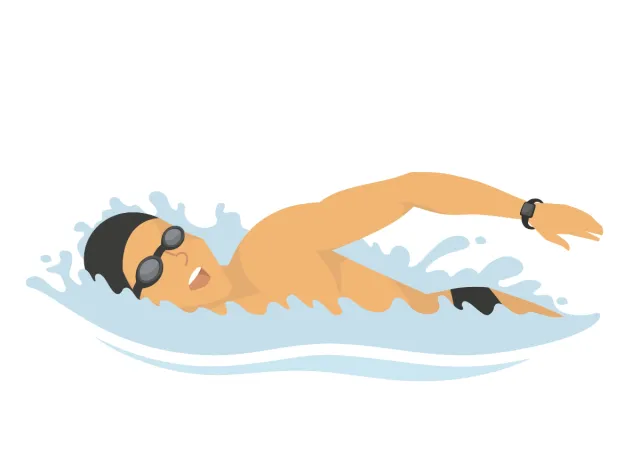
Swimming is an excellent full-body workout that is easy on the joints. Start with a few laps of freestyle or breaststroke to warm up. Alternate between different strokes to engage different muscle groups. Aim for 20 to 30 minutes of continuous swimming, gradually increasing the duration as your stamina improves.
Workout #3: Flexibility and Mobility Exercises for Joint Health
As you age, maintaining flexibility and mobility becomes increasingly important to prevent injuries and maintain the range of motion in your joints.
1. Neck Stretch
Sit or stand tall with your shoulders relaxed. Slowly tilt your head to the right, bringing your right ear toward your right shoulder until you feel a stretch on the left side of your neck. Hold for 15 to 30 seconds, then switch sides. Repeat two to three times on each side.
2. Hip Flexor Stretch
Kneel on your right knee with your left foot in front, forming a 90-degree angle with your left knee. Lean forward slightly, keeping your back straight, until you feel a stretch in the front of your right hip. Hold for 15 to 30 seconds, then switch sides. Repeat two to three times on each side.
3. Seated Spinal Twist
Sit on the floor with your legs extended in front of you. Bend your right knee, and place your right foot on the outside of your left knee. Twist your torso to the right, placing your left elbow on the outside of your right knee. Hold for 15 to 30 seconds, then switch sides. Repeat two to three times on each side.
Workout #4: Balance Exercises for Stability
Maintaining good balance becomes increasingly important as you age to prevent falls and injuries. Incorporating balance exercises into your routine can help improve stability and coordination.
1. Single-Leg Stance
Stand tall with your feet hip-width apart. Lift one foot off the ground, and balance on the opposite leg. Hold for 20 to 30 seconds, then switch legs. Repeat two to three times on each leg.
2. Heel-to-Toe Walk
Position your right foot in front of your left foot so that the heel of your right foot touches the toes of your left foot. Take a step forward, placing your left heel in front of your right toes. Continue walking in a straight line, placing one foot directly in front of the other. Aim to walk 10 to 15 steps forward and then 10 to 15 steps backward.
3. Balance Board Exercises
Stand on a balance board or cushion with your feet hip-width apart. Engage your core muscles to maintain your balance. Hold this position for 30 to 60 seconds, then rest. Repeat for two to three sets.
Workout #5: Core Strengthening for Posture and Stability
A strong core is essential for maintaining good posture, preventing lower back pain, and improving overall stability and balance.
1. Bird Dog
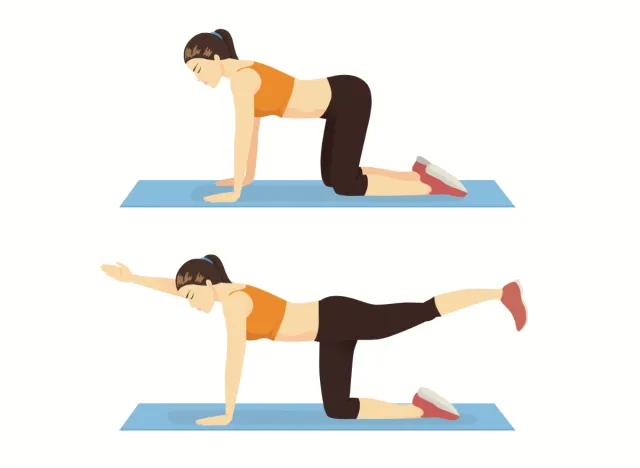
Start on your hands and knees with your wrists directly under your shoulders and your knees under your hips. Extend your right arm forward and your left leg back, keeping your hips and shoulders parallel to the floor. Hold for a few seconds, then return to the starting position. Repeat with the opposite arm and leg. Perform two sets of 10 to 12 repetitions on each side.
2. Plank with Leg Lifts
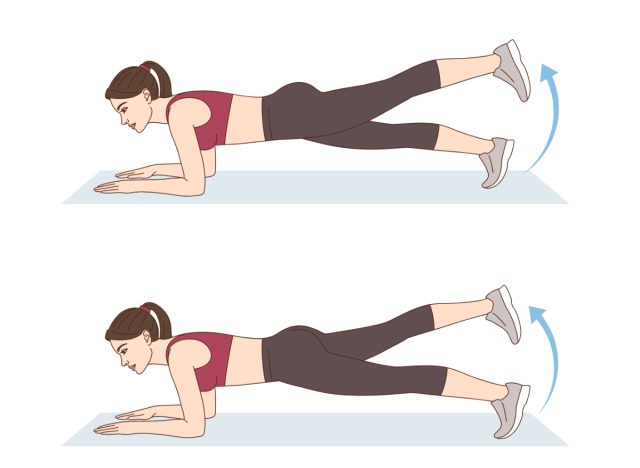
Begin in a plank position with your forearms on the ground and your body in a straight line from your head to your heels. Lift one leg off the ground, keeping it straight and in line with your body. Hold for a few seconds, then lower your leg and repeat on the other side. Perform two sets of eight to 10 repetitions on each leg.
3. Russian Twists
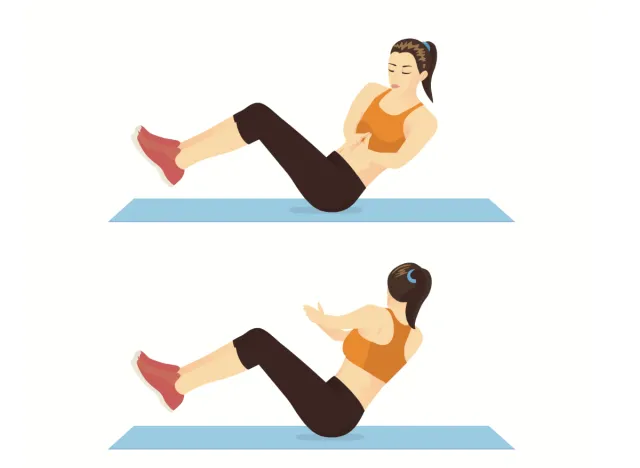
Sit on the floor with your knees bent and your feet flat on the ground. Lean back slightly, and lift your feet off the ground, balancing on your sit bones. Clasp your hands together in front of your chest. Rotate your torso to the right, bringing your clasped hands towards the floor beside your hip. Return to the center, then twist to the left side. Repeat this motion for two sets of 12 to 15 repetitions on each side.









